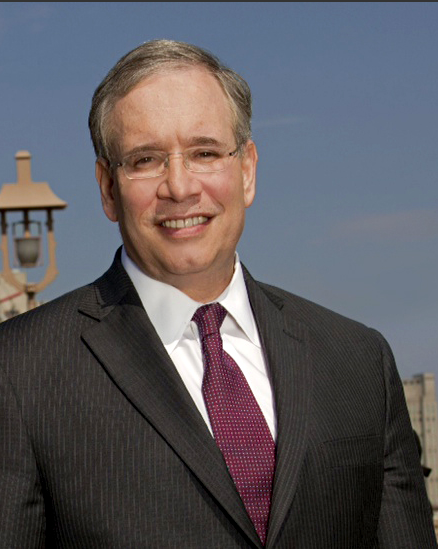OPINION: A healthy city must provide for all income groups

The fact that many Brooklyn neighborhoods have received such an influx of wealthy people that they rival such well-heeled Manhattan neighborhoods as Chelsea, Midtown and Greenwich Village is perhaps inevitable, and isn’t really news to people who have been following Brooklyn real estate.
In a recent Brooklyn Daily Eagle article, reporter Mary Frost summarized a report by New York City Comptroller Scott Stringer that revealed that the median apartment rent has risen by 75 percent since 2000, while real incomes have declined by 4.8 percent. By contrast, the report says, rents in other parts of the country only rose 44 percent during the same time period.
Frost’s article also mentioned that while real incomes are dropping, a number of Brooklyn neighborhoods are getting richer. She names Brooklyn Heights, Fort Greene, Williamsburg, Greenpoint, Park Slope and Carroll Gardens as being “increasingly posh” neighborhoods. (I thought that Brooklyn Heights and Park Slope had been growing progressively more upscale since brownstone enthusiasts discovered them in the ‘60s and ‘70s.)

Brooklyn Boro
View MoreNew York City’s most populous borough, Brooklyn, is home to nearly 2.6 million residents. If Brooklyn were an independent city it would be the fourth largest city in the United States. While Brooklyn has become the epitome of ‘cool and hip’ in recent years, for those that were born here, raised families here and improved communities over the years, Brooklyn has never been ‘uncool’.